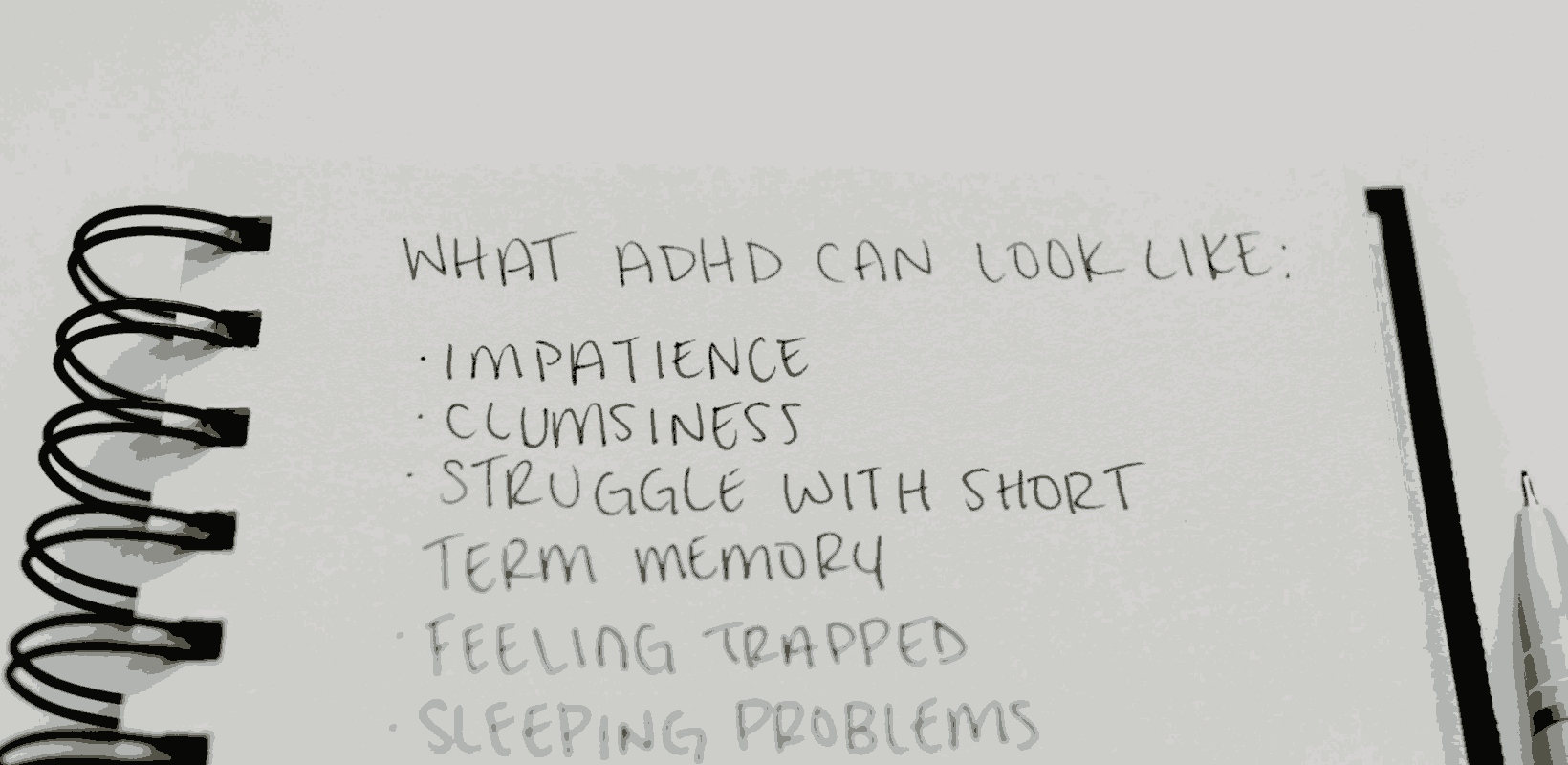Mobbing, also known as “workplace bullying” involves groups of people targeting an employee for a variety of unjust reasons. Workplace mobbing can negatively impact the well-being of the employee, and also the business performance. UK employers should be able to identify any signs of mobbing and take steps to prevent this from happening in their workplace.
Let’s look at the facts – A poll by YouGov found that 29% of UK workers have been victims of workplace bullying or mobbing. That’s nearly 3 in every 10 workers and amounts to 9.1 million of the UK workforce. Shocking right? Now that we’ve addressed the severity of the problem, let’s discuss how we can prevent this from growing any further.
What does mobbing mean?
The practice is not new. An old study illustrated workplace mobbing in factories in the 1940s. The group’s top performer was normally called a “rate-buster.” Afraid that their high productivity would cause their unit’s bonus rate to be cut, the workers reached an informal consensus to only produce to a certain level. The problem is that top performers refused to be held back by this group norm. While these so-called rate busters were just responding to the individual wage incentives put in place by leaders, they were harassed, threatened and sometimes physically harmed by their co-workers, all because they refused to conform to the peer pressure to underperform.
Now a days, mobbing can be difficult to identify. Essentially, it is a systematic behaviour from a team or a group of people against certain individuals at work. It can manifest in different ways, making it essential for employers and managers to monitor their teams and ensure this behavior does not go unchecked.
What is mobbing at work?
As mobbing is a form of bullying, particularly in the workplace, it can take place in many forms. Some instances include excluding team members, frequent disagreements with a specific individual, or even physical aggression towards one particularly person. The results of workplace mobbing can be devastating; mental health issues, low job satisfaction, reduced employee engagement, high workplace conflict, and high turnover. Consequences to the organisation can also be severe. The loss of talent, toxic workplace cultures, low employee performance and the potential for costly litigation are all feasible outcomes. Which is why employers should know how to combat mobbing and learn how to create a workplace that counters this type of behaviour.

Negative outcomes of mobbing
A hidden cost of workplace mobbing is the damage done to diverse individuals and the organisation’s efforts toward inclusion. Mobbing often targets competent high performers, with data showing that it frequently affects women, people of color, and individuals perceived as “different.” This could negatively affect the company’s reputation, lead to legal disputes and a hostile workplace. Additional negative consequences include:
- Overall decrease in motivation: Employees who witness mobbing may fear becoming the next target, leading to a sense of insecurity and demotivation in the workplace. This could lead to issues such as absenteeism and lower rates of employee satisfaction.
- Higher turnover: Workplace mobbing may drive affected employees to leave their positions, along with others seeking a healthier work environment. This frequent turnover can be time-consuming and costly, requiring ongoing recruitment, onboarding, and training of new hires.
- Decrease in employee wellbeing: Mobbing can affect individuals differently; however, it often leads to anxiety, depression, and other mental health struggles. This, in turn, diminishes employees’ overall well-being
HR and employers are responsible to maintaining a workplace free of bullying. Not only is it an obligation for HR, but it makes for a much more productive and enjoyable place to work when these behaviours can be prevented or stopped as soon as they are reported. Employees feel more valued and respected when they see their employer’s commitment to maintaining a safe and professional environment.
Why Does Mobbing Happen?
First up, let’s address why it happens. There are various reasons and theories why mobbing in the workplace may occur. We’ve shared a few examples below that may be classed as (unfair) reasons for bullying.
Prejudice
Unfortunately, victims may be targeted because of their gender, age, race, sexual preference, or religion. You also may be bullied if you have a disability or a medical condition. Whatever the reason, workplace bullies single out and target people who are different from them in some way. They also tend to discriminate against others.
Maintaining the status quo
The perpetrators of workplace bullying or mobbing may be worried about an employee who is disrupting the status quo of the company. This may be due to the employee outperforming others or trying to implement change within the business.
Competition
Many victims of mobbing are highly skilled and talented professionals. And unfortunately, the bullies see them as a threat rather than an asset. This makes the perpetrators of mobbing jealous and they turn to use bullying and harassment as a method of driving them away.
Sense of vulnerability
Bullies often target those who are not confrontational. People often perceive introverted, anxious, or submissive employees as easier targets compared to those who are extroverted and assertive.
Are People Trying to Prevent Mobbing?
Most countries do have laws against workplace bullying. For example, in the UK, Bullying is not illegal but harassment is. This is defined by any behaviour that makes someone feel intimidated or offended. Harassment is unlawful under the Equality Act 2010.
Or in Spain, in terms of Workplace Bullying or Mobbing, they have the Law on Prevention of Occupational Risks, which emphasizes the principles of preventive action at a general level. In most countries around the world, there are policies that work with the same requirements.
The problem is that even though we have laws protecting against these toxic actions, most times it is not enough. Unfortunately, HR departments too often turn a blind eye to issues like this.
What Can You Do About Mobbing?
Instead of giving you trends that could help, let’s talk about concrete solutions that you can start practising today. We call them, the four B’s of Bullying.
Be specific
It is essential to adopt formal policies to prohibit workplace mobbing. While HR policies often pertain to individual harassment, they often do not speak to the issue of a group or peer harassment in specific ways. Organizations must explicitly address group bullying or mobbing targeting diverse employees, just as some countries create specific laws to combat hate crimes.
Be careful
It is imperative to recognize that workplace mobbing and bullying increase in highly competitive workplaces, especially when resources are limited. Management strategies that pit employees against each other to prove their own value can make peers feel threatened by high performers and cause them to engage in group bullying for their own self-preservation. Diverse high performers stand out in the workplace and can become easy targets of workplace mobbing. Facilitating inclusive workplaces in which there is collaboration, peer mentoring and a balance between group and individual rewards are effective ways to offset and perhaps prevent workplace mobbing, particularly the kind that targets diverse employees.
Be proactive
In order to build inclusive organisations that resist group bullying, it is necessary to have engaged and proactive efforts by socially responsible leaders. Examine your own behaviour to ensure that you are setting a good example. Leaders must recognize and address workplace mobbing, especially when it targets women and minority groups. Managers should also avoid being swayed by rumors that mislabel top diverse talent as “troublemakers” or “not team players.” And finally, leadership must also not remain silent when they receive frequent complaints of micro-aggressions toward top performers. How a leader responds (or fails to respond) to these incidences and behaviours sends a powerful sign to other employees.
Be a Hero
As cheesy or cliché as this may sound, it’s the hardest one for a lot of people. Do not stay silent if you experience bullying or see it. Remember, when someone exhibits bullying behaviour and gets away with it, it reinforces the behaviour. Also, designate trustworthy points of contact or introduce a buddy or mentor program, so that employees know who to when they need help.
Remember, you are a role model who can influence others, like it or not. Talk to employees and ask open-ended questions about the work environment, atmosphere and how things are going. Do the same with supervisors. Encourage open communication and a willingness to intervene when needed. Everyone can be a hero.
Ultimately, all leaders should treat workplace mobbing for what it is: “slow poison” for inclusive organisations. Leaders of inclusive organisations must proactively address the rise of workplace mobbing to retain diverse talent. By the way, the startup phase is a huge opportunity for businesses to build a culture of wellness from the very beginning. In the early phase, employees should still feel that their physical, mental, and emotional health is supported. And remember, workplaces will be workplaces. In most cases, you have a lot of different personalities thrown into one cauldron during working hours. Drama, gossip, power struggles, and office politics are often inevitable, at least to some extent. We may not get bullies to admit that they are wrong, but their harmful behaviour can be discouraged by individuals standing up for themselves in a workplace culture designed to support a bully-free work zone.




